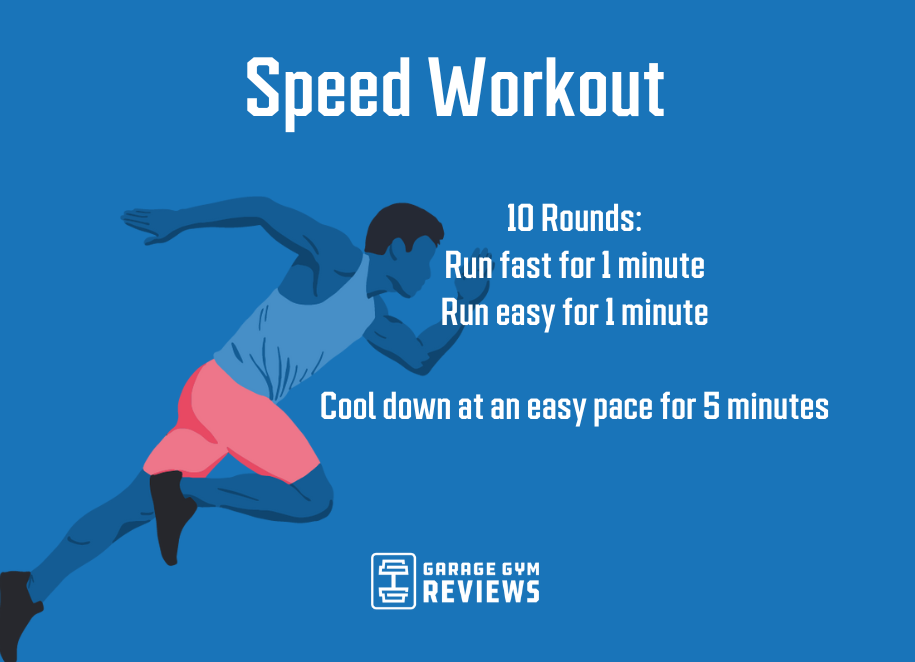The Ultimate Running Strategy Guide: Achieve Your Health And Fitness Goals
The Ultimate Running Strategy Guide: Achieve Your Health And Fitness Goals
Blog Article
Getting Over Pain in Operating: Techniques and Techniques That Job
Discomfort is an usual buddy for lots of joggers, frequently acting as a barrier to accomplishing their preferred objectives. With the appropriate methods and techniques, it is possible to get rid of and also stop the discomfort connected with running. By discovering different strategies such as understanding the various kinds of running pain, maximizing shoes and form, incorporating cross-training and strength exercises, carrying out efficient recovery methods, and keeping appropriate nourishment and hydration, joggers can potentially reduce their discomfort and boost their overall running experience.
Recognizing Various Kinds Of Running Discomfort

Another sort of running discomfort is joint pain, which can show up as a sharp or throbbing discomfort in locations such as the knees, hips, or ankle joints (running strategy). Joint pain may be triggered by factors like incorrect running type, overuse, or underlying problems like arthritis (look at this site). It is very important to distinguish between muscular tissue pain and joint pain, as the latter may require medical interest to avoid additional injury
Understanding the various types of running discomfort is vital for reliable monitoring and avoidance techniques to ensure a secure and satisfying running experience.
Proper Footwear and Running Kind
To enhance efficiency and lower the risk of running-related injuries, choosing ideal shoes and preserving appropriate running type are essential elements for runners of all degrees. Correct footwear plays a vital role in supplying assistance, padding, stability, and protection for the feet and lower limbs. It is recommended to pick running shoes that are specifically developed for the individual's foot kind, running stride, and the type of running task they engage in. Getting suitabled for shoes at a specialized running shop can help make certain the ideal fit and assistance.

Cross-Training and Strength Exercises
Toughness workouts, like squats, lunges, and core workouts, play a crucial duty in stabilizing muscular tissues and boosting running efficiency. They can remedy muscular tissue inequalities, improve dexterity, and improve power outcome, all of which are necessary for running efficiency.
It is essential to permit for adequate remainder in between running sessions and cross-training tasks to avoid overuse injuries. By including these elements right into a running regimen, runners can build a stronger structure, improve performance, and take pleasure in an extra lasting running experience - click to read more.
Healing and Relax Techniques
Having actually established the value of cross-training and toughness exercises in a thorough running routine, focus can now be guided in the direction of Recuperation and Rest Strategies as integral elements for maximizing performance and reducing the threat of injuries. (running workout)
Healing after running is critical for muscle mass repair service and development. Strategies such as foam rolling, stretching, and massage aid in lowering muscle discomfort and boosting versatility. Ample rest between runs enables the body to recuperate and adjust to the physical stress, protecting against overuse injuries.
Integrating active Going Here healing days right into a training timetable, where low-intensity tasks like strolling or biking are executed, can improve blood flow and promote recovery without placing excess pressure on the muscular tissues. In addition, correct hydration and nourishment play an important function in the healing procedure by renewing shed liquids and nutrients.
Quality sleep is another vital aspect of recovery that must not be overlooked. During sleep, the body goes through repair work and regeneration processes, contributing to overall physical and psychological health. By focusing on recuperation and remainder strategies, runners can preserve ideal performance levels and reduce the chance of experiencing discomfort or injuries.
Nutrition and Hydration for Runners
Carbs give power for running, while healthy proteins help in muscle mass fixing and recuperation. Appropriate hydration is also essential to maintain ideal efficiency, as even light dehydration can negatively impact running efficiency. Furthermore, timing meals and snacks suitably prior to runs can aid protect against stomach discomfort and supply the required power for peak performance.
Conclusion
To conclude, by understanding the numerous sorts of running pain, using correct footwear, preserving correct running type, integrating cross-training and toughness workouts, focusing on recovery and rest, and concentrating on nutrition and hydration, joggers can efficiently overcome discomfort and boost their efficiency. Implementing these methods and techniques can help joggers stop injuries, improve their endurance, and inevitably delight in a more fulfilling running experience.
Report this page